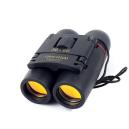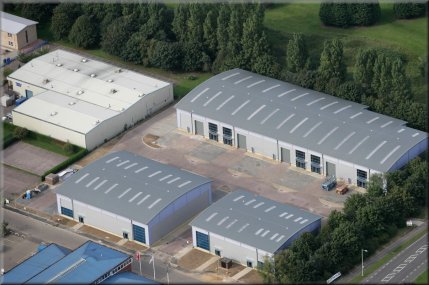During discussions with property managers, I have learned that some percentage of them will try to find and use CCTV statistics to help them bolster their case for CCTV project funding. One of the things they mention is the wide disparity of the data and the general disarray of the information. They complain that it is hard to find, understand and comb through the multitude of reports available. Many of these managers have given up and gone with a more subjective plea for their funds.
Subjective. That’s an interesting term in our business. We tend to be seen as an absolute, both as an necessity and as a solution. In my experience though, neither is 100% correct.

Here is what I know…failures happen. They may not be failures of equipment. They may not be failures of implementation. They may not be failures of the humans who interact with the system. As a crime is reported and discussed and analyzed by people who are both qualified, and those who have no business commenting on the issue, the security system is an easy target for blame.
“Last night our luggage storage room was broken into and some of the bags were stolen!”
“Really? Didn’t the cameras pick them up?”
“I don’t know, they are still trying to figure out how to look at it.”
Common, right? Sure. Along with a lot of other issues, blame starts out right away. Why? People want to be sure to place themselves far away from it and appear disconnected, or un-involved. That is how the world works…most of the time. There are exceptions. The correctly configured security department will have done the pro-active steps to reduce the damage. How is this done?
By winning, that’s how.
Security is not a race with a finish line. Security is not a book with a last word. Security is not an endeavor that has many absolutes. It is a culture, an activity, a process which should be constantly reviewed and adjusted. On any given day, bad guys come in all shapes, sizes, and abilities. They also have varying motivation and skills. Believe me on this…if the properly motivated bad guy wakes up, has a well thought out plan, has practiced and studied, your security system will likely not save you.
In a race without an end, you can never finish first, but you can be in the lead. The trick is to always be “winning”, working to get an A+, trying to be in first place. It is in the struggle, to be better than the bad guys, where you will make the difference.
For the property manager who wants security, CCTV is one the first tools they think of. It is great for documenting the daily activities of the properties. Every now and then, he will be able to solve a crime by reviewing properly captured video. But…the crime still happened right? The damage was already done wasn’t it? Why? Weren’t the cameras enough of a deterrent? Obviously not. At some point he decided that nice, non-intrusive, color-matched domes were better because they don’t put the guests on edge. OK. Fair enough. Every business has trade-offs. Is his job in jeopardy because of the crimes? Has he done enough to prevent crimes there? What about signage? What about access control for that area? What about fencing, modern locks, adequate lighting?
What about having a professional visit the property with him and giving a qualified opinion on the matter? I don’t know a lot about variable guest rates, managing linens, parking cars or setting up buffets. That’s what I pay them for. What I get paid for, is having training and experience in providing physical protection to properties, people and events. The best security money a manager can spend, is to get an expert involved in their process.
Every security scenario is an opportunity for an argument or a discussion. Opposing views to an idea mean that it is subjective. A scenario which is subjective means that experience counts, and, time changes all variables. You name a security set-up, I’ll give you the sequence of events which will nullify it. You come up with a change and I’ll adapt again. This is critical to understand. It is the arms race. It is the cops and robbers game. It is terrorists and the intelligence agencies.
The point here, is to do the best you can with what you have, all the time, every day, from now on. You will be winning. Constant improvements and upgrades will give you the best chance for a crime free experience in your facilities. Plan it out, then, improve your plan. Do your research and get some assistance from a professional.
Start with one system and then add on to it. Just have CCTV, add signage for deterrence. Just have access control? Add inventory controls like RFID. Have you considered things like driveway gates, sidewalk bollards or visitor control? Create an environment where all your employees can feel free to make suggestions. Involve them in the process of security. Have them welcome security involvement by allowing your security to be useful, painless and protective.
Finally, I have managed plenty of installs where I hear the grumbles of the employees. You know, the ones who have been there forever and are a bit jaded, or maybe they are always a short-term person wherever they go. You know the type, “I guess big brother will be watching us now.”
You can’t satisfy all employees or visitors. It won’t happen. You can’t spend a lot of time trying to counter those mind-sets. I do have one thing I like to say which may help to diffuse the attitude. “This is 2010 and this is an effort to protect the employees. Beside that, isn’t your big brother supposed to watch out for you?”















